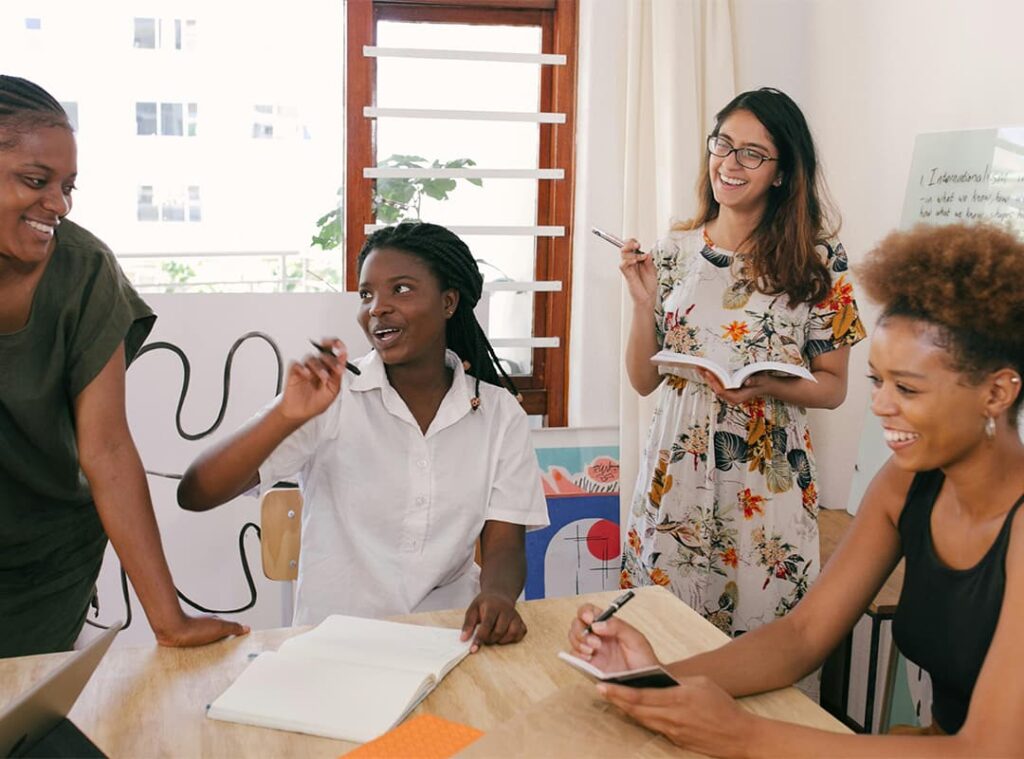In a world where diversity is both celebrated and sought after, platforms that foster inclusivity and unity hold significant importance. Among these, Color Club stands out as a beacon of creativity, empowerment, and solidarity. Let’s delve into the vibrant world of Color Club and discover how it embodies the essence of diversity and unity.
A Palette of Diversity
Color Club is not just a club; it’s a melting pot of cultures, backgrounds, and perspectives. From its inception, Color Club has been committed to embracing diversity in all its forms. Members hail from every corner of the globe, representing a kaleidoscope of ethnicities, races, religions, genders, and sexual orientations.
At Color Club, diversity is not merely tolerated; it’s celebrated. The club provides a safe and inclusive space where individuals can express themselves authentically, free from judgment or discrimination. Whether you’re black, white, Asian, Hispanic, LGBTQ+, or differently abled, there’s a place for you at Color Club.
Empowering Voices
One of Color Club’s core missions is to amplify marginalized voices and provide a platform for underrepresented communities to share their stories and experiences. Through a variety of events, workshops, and discussions, Color Club empowers its members to speak out against injustice, advocate for equality, and effect positive change in their communities.
From panel discussions on racial justice to workshops on LGBTQ+ rights, Color Club’s programming reflects a commitment to social justice and activism. By raising awareness of pressing issues and fostering meaningful dialogue, Color Club inspires its members to become agents of change in their own right.
Fostering Unity
While diversity is undoubtedly a strength, unity is the glue that holds communities together. Color Club understands the importance of fostering connections and building bridges across differences. Through collaborative projects, cultural exchanges, and community-building initiatives, Color Club promotes solidarity and mutual understanding among its members.
Whether it’s organizing intercultural festivals, language exchange programs, or volunteer opportunities, Color Club creates opportunities for individuals from diverse backgrounds to come together, celebrate their differences, and discover their common humanity. In doing so, Color Club cultivates a sense of belonging and camaraderie that transcends boundaries and fosters a spirit of unity.
Looking to the Future
As we look to the future, Color Club remains committed to its mission of promoting diversity, empowerment, and unity. With each passing day, the club grows stronger, welcoming new members, forging new connections, and making a positive impact on the world around it.
Whether you’re a seasoned member or a newcomer, there’s never been a better time to join Color Club and be part of a movement that celebrates the beauty of diversity and the power of unity. Together, we can paint a brighter future—one brushstroke at a time.
